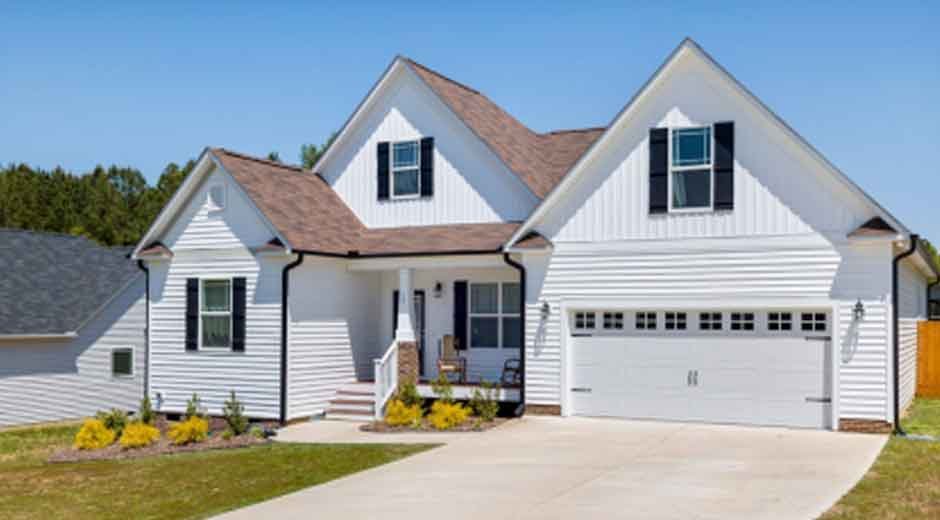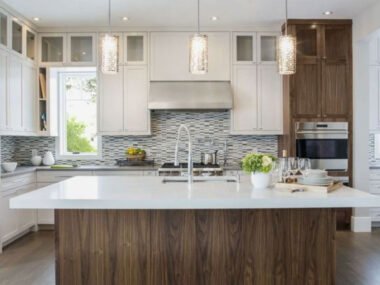Improving where you live isn’t always about big changes. Sometimes, it’s the smaller decisions that make daily routines feel easier and more enjoyable. Many homeowners start this process because they’re tired of awkward layouts, old fixtures, or rooms that don’t quite meet their needs anymore. Whether you’re tackling a major project or adjusting just a few areas, knowing what to focus on can help you avoid delays and stay within your budget. Before doing anything, though, it’s smart to create a clear plan, decide where to begin, and understand which improvements are worth the effort.
Here’s how you can get started:
Set a Clear Goal Before Starting
Before you pick out materials or call a contractor, take some time to figure out exactly what you want to achieve. Do you need more room to move around? Are you trying to make your home easier to clean or maintain? Do certain parts of your house feel outdated or hard to use?
Make a list of what matters most. That list might include safety, ease of use, or better lighting. Once you know what you’re aiming for, your decisions become a lot easier. A solid plan will also help you stay focused, especially when new ideas start to distract you from your original purpose.
Start With a High-Traffic Area That Affects Daily Routine
Focusing on rooms used every day can make the biggest difference in your home life. For many, the shower is one of those areas. If it’s outdated, hard to clean, or difficult to step into, it may be time for something better. A replacement shower from local contractors offers a modern solution. Their walk-in models can add comfort and are designed with safety in mind. They’re also easy to maintain and fit different layout needs without requiring full-scale construction.
Improving just this one part of your home can add both convenience and peace of mind, especially for older adults or anyone with limited mobility.
Budget With Flexibility in Mind
Costs can rise quickly once the work begins. It’s not unusual to uncover small issues that need fixing along the way. That’s why it’s important to set aside extra money, around 10 to 15 percent of your total budget, for things you didn’t expect.
Ask for written estimates from several contractors and compare them. Don’t just go with the cheapest. Make sure each quote includes all details, from labor to materials. Also, keep track of your spending as the work moves forward. That way, you won’t be caught off guard if something changes.
Stick With Designs That Hold Up Over Time
Trendy colors and bold patterns can be fun, but they often lose appeal within a few years. If you’re looking for a lasting result, neutral tones and simple finishes are a safer choice. These options are easier to update later with minor changes like wall paint or lighting fixtures.
Mixing current styles with timeless materials helps balance personal taste and long-term use. For example, soft whites, natural woods, and matte finishes stay in demand longer than ultra-bright or bold tones.
Add Smart Storage Without Expanding Rooms
You don’t always need more square footage to stay organized. Think about areas that aren’t being used well. Tall shelving, corner units, or built-in drawers can give you extra room without changing the structure of the house.
Also consider multi-use pieces, like benches with storage under the seat or mirror cabinets in tight spots. These items blend in and reduce clutter at the same time. Keeping things in reach but out of sight helps your home feel open and calm without needing major work.
Lighting Should Work for You, Not Against You
Good lighting can change how a room feels and functions. Start by checking how much natural light each area gets during the day. Then, add light where it’s needed most, like above kitchen counters, near reading spots, or over desks. Use a mix of options like overhead lights, wall sconces, and lamps to make each zone feel complete.
Dimmers and LED bulbs are easy ways to improve mood and cut energy use. Small lighting tweaks often make a bigger difference than a full redesign.
Choose Strong Materials Where It Counts
Not everything needs to be top-tier, but certain areas call for durable finishes. Floors, kitchen counters, and anything in high-use zones should hold up to wear. Look for surfaces that resist stains, chips, and moisture.
Instead of spending heavily on looks alone, focus on what lasts. Solid choices in key areas will save you money and time in the long run. Even better, you won’t be stuck fixing or replacing items too soon.
Think About Energy and Utility Costs
Many updates today can lower monthly bills and make your home more efficient. Swapping old windows, sealing gaps, and adding ceiling fans are simple ways to improve comfort and use less power. You don’t need to take on everything at once. Start with what fits your budget.
Smart thermostats, low-flow fixtures, and modern appliances can also help you use fewer resources without sacrificing comfort. These choices often pay off over time, both in comfort and savings.
Don’t Skip the Final Walkthrough
Before calling a project complete, take a slow, careful look at the finished work. Walk through each area with your contractor. Make a checklist of anything that looks off or feels unfinished.
Check that switches work, doors close properly, and there’s no leftover mess. This is your chance to get final fixes done before payment wraps up. A good contractor will expect this step and be ready to address any loose ends.
Improving your home takes planning, patience, and clear priorities. You don’t have to do everything at once. Begin with one area that matters most and make changes that support your daily life. Whether it’s better lighting, safer layouts, or smart storage, even small shifts can make a home feel more comfortable.
When done with care, these updates add real value now and in the future. The key is to make choices that work for your needs, stay within your means, and bring a bit more ease to everyday living.









